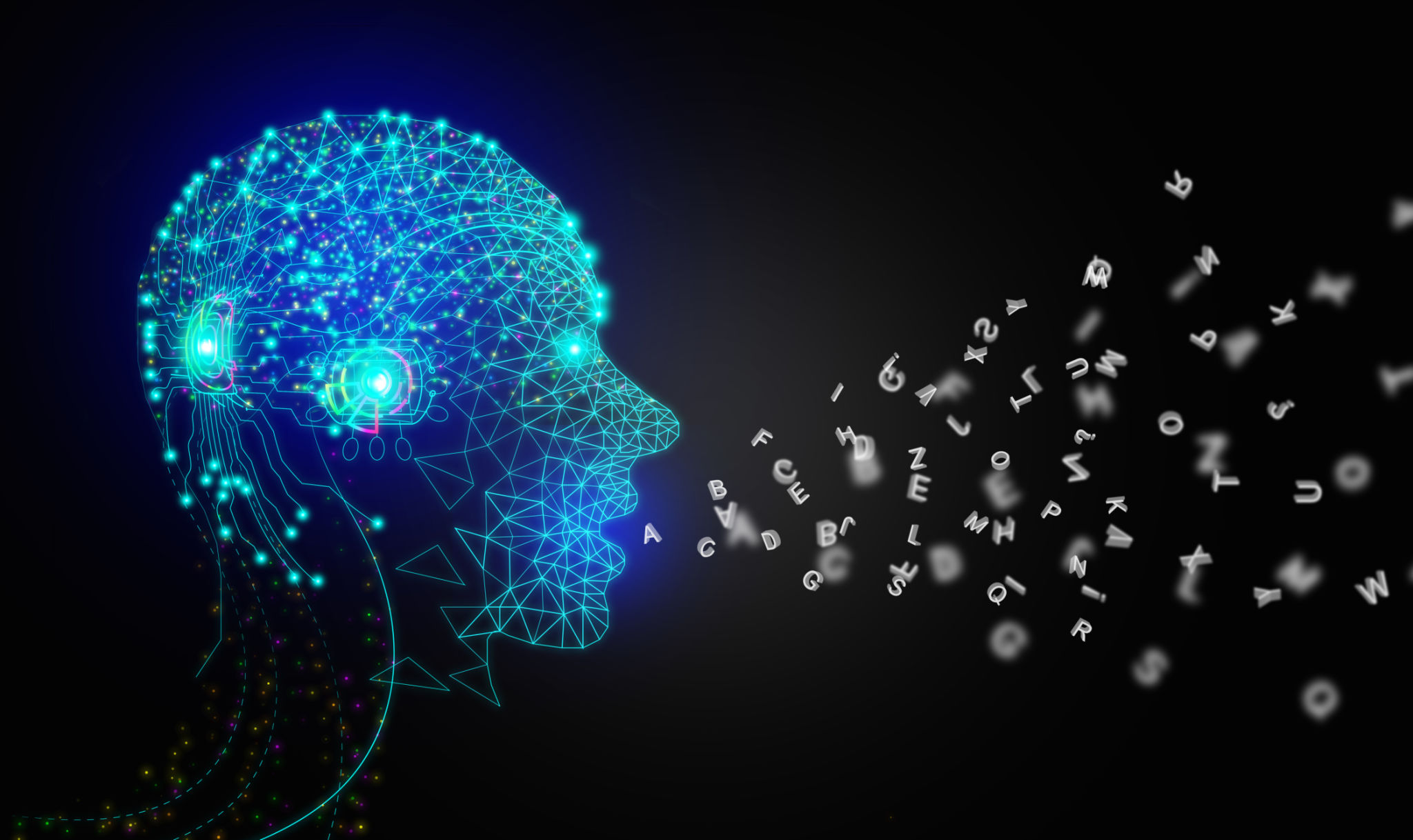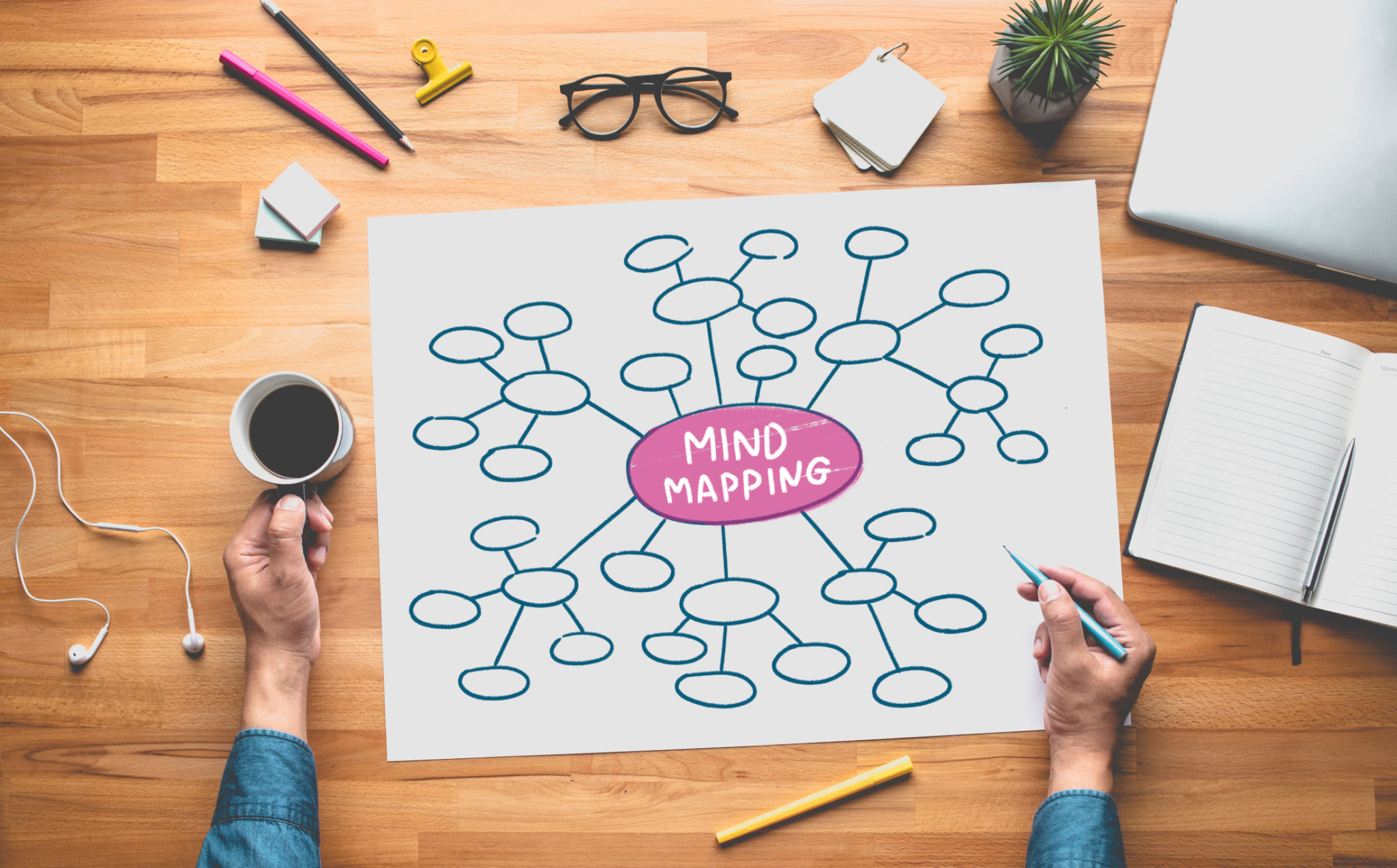Top Assistive Technologies for Learning Disabilities: A Comprehensive Guide
JT
Learning disabilities can present significant challenges in educational settings, but with the advent of assistive technology, students with these disabilities are better equipped to overcome obstacles. Assistive technologies are designed to support various learning needs, enabling students to achieve their full potential. In this comprehensive guide, we explore some of the top assistive technologies that are transforming the educational landscape.
Text-to-Speech Software
One of the most widely used assistive technologies is text-to-speech (TTS) software. This tool converts written text into spoken words, which can be incredibly helpful for students with dyslexia or other reading difficulties. TTS software allows students to listen to textbooks, assignments, and other written materials, enhancing comprehension and retention.
Many TTS applications offer customizable voices and reading speeds to cater to individual preferences. Some popular options include NaturalReader, Read&Write, and Voice Dream Reader. These programs are available across multiple platforms, including computers, tablets, and smartphones.

Speech-to-Text Tools
For students who struggle with writing due to dysgraphia or other challenges, speech-to-text tools can be a game-changer. These applications transcribe spoken words into text, allowing students to express their thoughts without the physical act of writing. This can significantly improve writing fluency and encourage creative expression.
Dragon NaturallySpeaking and Google Voice Typing are two renowned speech-to-text options that offer high accuracy and ease of use. These tools can be integrated into various devices and platforms, providing flexibility for students in different learning environments.
Mind Mapping Software
Organizing ideas and structuring information can be daunting for students with learning disabilities. Mind mapping software helps by visually representing concepts and their connections, making it easier to outline essays or study complex topics. This visual approach aids memory and understanding.
XMind and MindMeister are leading mind mapping tools that offer intuitive interfaces and customizable templates. These applications support brainstorming sessions, project planning, and note-taking, making them versatile assets for students.

Reading Comprehension Tools
Reading comprehension tools are designed to aid students who find it challenging to understand written text. They provide features such as simplified language, definitions for difficult words, and summaries of long passages. These tools make complex information more accessible.
Programs like Rewordify and Snap&Read offer these functionalities, helping students decode and comprehend materials at their own pace. By breaking down barriers to understanding, these tools foster confidence and independent learning.

Time Management Apps
Students with learning disabilities often face difficulties with time management and organization. Time management apps provide structure through reminders, calendars, and task lists. These tools help students prioritize tasks and stay on track with their assignments and deadlines.
Applications such as Todoist, Trello, and MyStudyLife are excellent resources for students looking to enhance their organizational skills. By promoting effective time management, these apps empower students to take control of their learning journey.
Conclusion
The range of assistive technologies available today is extensive, offering tailored solutions for diverse learning needs. By leveraging these tools, students with learning disabilities can overcome challenges and succeed academically. As technology continues to evolve, the future holds even more promise for inclusive education.
It's crucial for educators and parents to stay informed about these technologies to provide appropriate support. By doing so, they can ensure that every student has the opportunity to thrive in their educational endeavors.

